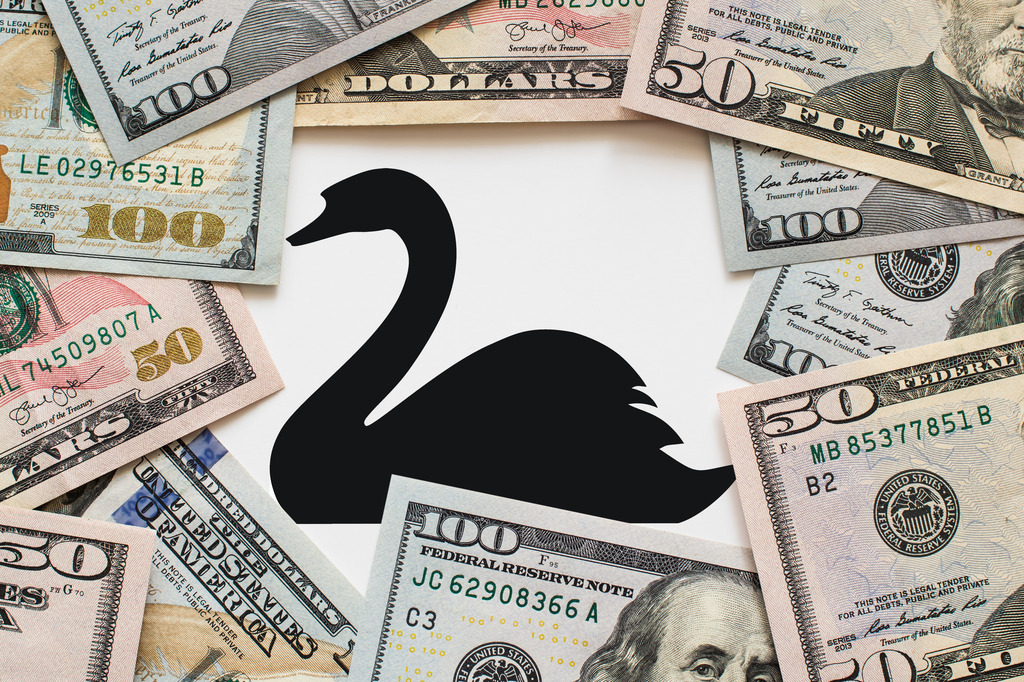Invest Offshore — Global Macro Intelligence for Serious Capital
The most dangerous number in global finance right now is 1.71%.
That’s the yield on Japan’s 10-year government bond—the highest since 2008.
On November 10th, 2025, that single number quietly signaled the end of the world’s largest, longest, and most distortionary monetary experiment.
And almost nobody understands what just died.
For 30 Years, Japan Quietly Financed the World
For a generation, Japan ran the closest thing to infinite free money the planet has ever seen:
- 0% interest rates
- Unlimited quantitative easing
- A $3.4 trillion outflow into global assets
- The foundation of cheap mortgages, inflated stock markets, and solvent governments
Japan wasn’t just a participant in global finance.
Japan was the subsidy.
From U.S. Treasuries to European sovereign debt, from emerging market bonds to corporate paper, Japanese institutions were the silent bid—hoovering up yield abroad and exporting low rates everywhere.
Your mortgage?
Your pension?
Your “passive” S&P 500 gains?
Japan was underwriting them.
That world ended the moment yields hit 1.71%.
Why the Bid Just Vanished
Japan is injecting $110 billion in stimulus into an economy already carrying 263% debt-to-GDP, the highest in the developed world.
At 1.7% yields, the government now pays $27 billion more in interest every single year.
The math is broken.
The carry trade is broken.
The global subsidy is broken.
For the first time in decades, Japanese capital no longer earns more abroad than at home. Hedging costs on U.S. Treasuries now wipe out returns entirely.
Result?
Japanese pension funds are pulling $1.1 trillion out of U.S. Treasuries—right now.

The largest foreign buyer of U.S. government debt is becoming a seller.
And when Japan stops buying, rates do not stay flat.
They explode.
The First Stage of the Break: U.S. Rates Spike
Even without Federal Reserve action, just the flow dynamics push yields higher:
- +40 bps on the U.S. 10-year, minimum
- Mortgages jump from 7% → 8%
- Corporate refinancing costs rocket 60% higher
- $3 trillion in junk-rated “zombie companies” face mass default risk
Wall Street built the entire post-2008 financial architecture on the assumption that Japanese liquidity would never reverse.
It just reversed.
The Second Break: The Yen Carry Trade Is Unwinding

For 20 years, hedge funds borrowed cheap yen and poured it into:
- Crypto
- U.S. equities
- Emerging markets
- Commodities
- High-yield credit
This trade is worth $1.2 trillion globally.
It is now reversing—violently.
Every leveraged fund, every algo, every quant desk built on free Japanese yen is being forced to unwind simultaneously.
This is how market crashes begin.
The Third Break: Global Sovereign Debt Loses Its “Silent Buyer”
The ripple effect hits everywhere:
1. U.S. Stock Valuations Implode
The S&P 500 is priced for a world of 2% yields.
At 3.5% yields, fair value drops 30–35%.
2. Emerging Markets Collapse
Without Japanese inflows, EM currencies and bonds lose their stabilizing anchor.
3. Europe’s Old Debt Crisis Returns
Italy and Spain—already fragile—just lost the quiet buyer who kept their yields contained.
For 30 years, Japan absorbed global risk.
Now Japan is exporting it back into the system.
December 18: The Bank of Japan’s Moment of Maximum Danger
BOJ meets on December 18th.
There is a 50% chance of another rate hike.
If they hike—even 10 basis points—global markets will feel it instantly.
If they surprise with a larger hike?
It will be the most important financial event of the decade.
This time, the Fed cannot ride to the rescue.
Nor can the ECB.
Nor Beijing.
This pressure came from outside the Western monetary engine entirely.
Japan—quietly, mathematically—just broke the global money printer.
What Offshore Investors Must Do Now
This is not a headline story.
This is a liquidity regime change.
When liquidity reverses, wealth evaporates—unless capital is structured globally and defensively.
Invest Offshore recommends three strategic pivots:
1. Reduce exposure to high-duration assets
Tech, growth stocks, long-dated bonds—these were built for a low-rate world that no longer exists.
2. Increase allocation to real assets
Gold, silver, copper, energy infrastructure, and offshore real estate in politically stable jurisdictions.
(And yes—all eyes remain on gold revaluation and the coming silver squeeze.)
3. Move capital to neutral jurisdictions
Neutral banking hubs—Luxembourg, Zürich, Cayman, Singapore—offer protection from U.S. debt volatility and currency pressure.
The Piggy Bank Broke. The Money Is Flowing Backwards.
For decades, Japan’s zero-rate experiment was the hidden foundation of the global financial system.
That foundation just cracked.
Your retirement fund has not priced this in.
Your stock portfolio has not priced this in.
The bond market definitely has not priced this in.
This is the beginning of a global repricing of risk—not the end.
Position accordingly or get destroyed.
And remember:
When the world’s liquidity reverses, the investors who survive are the ones who move first… and move offshore.

Leave a Reply